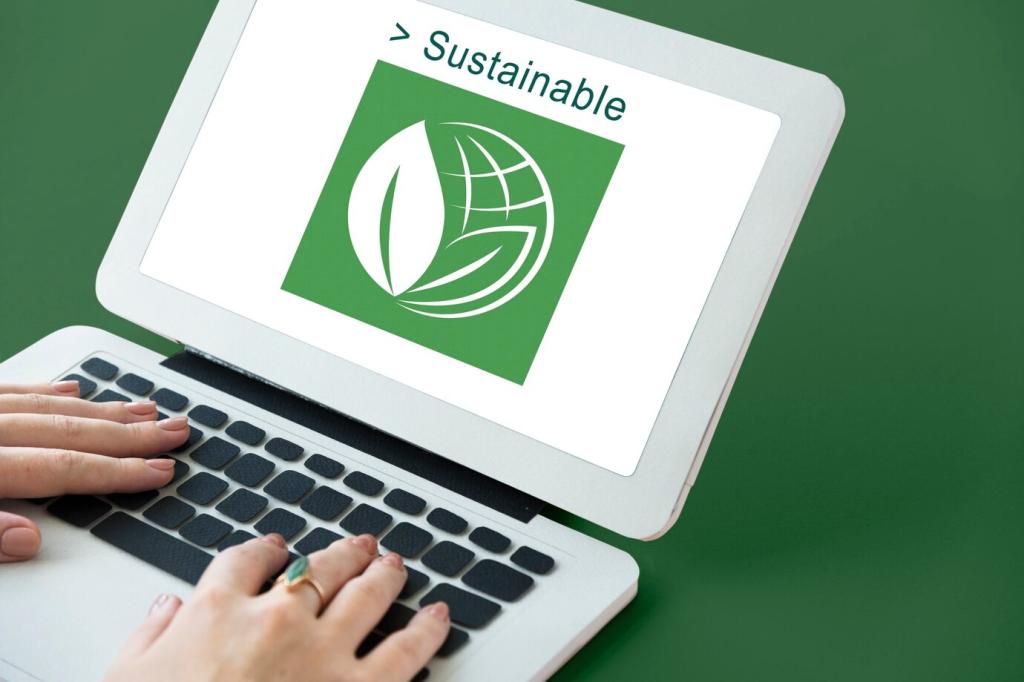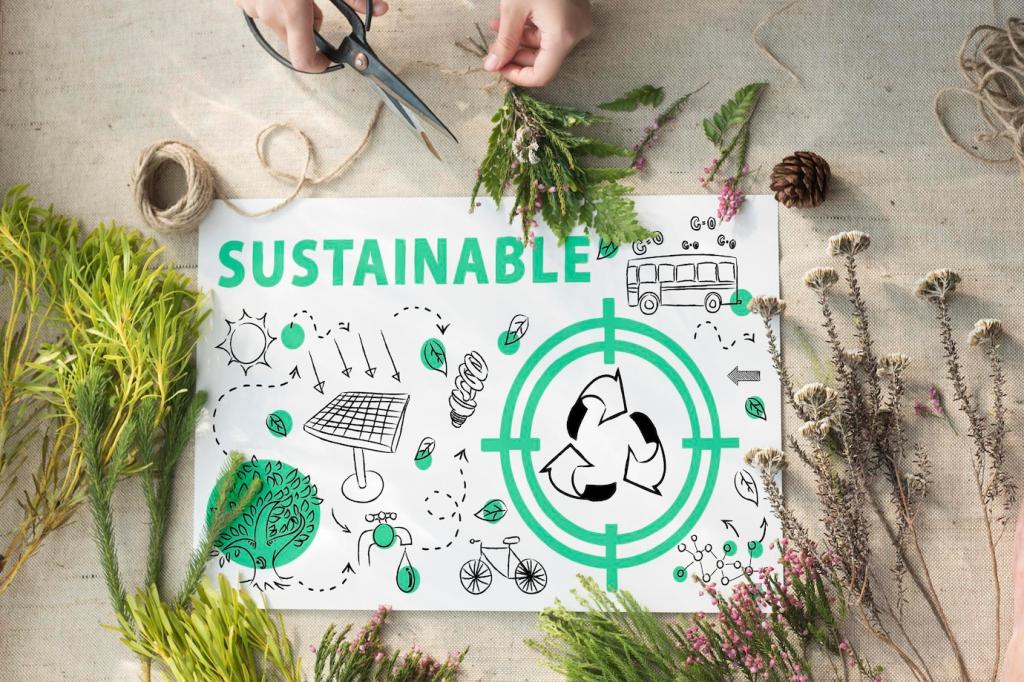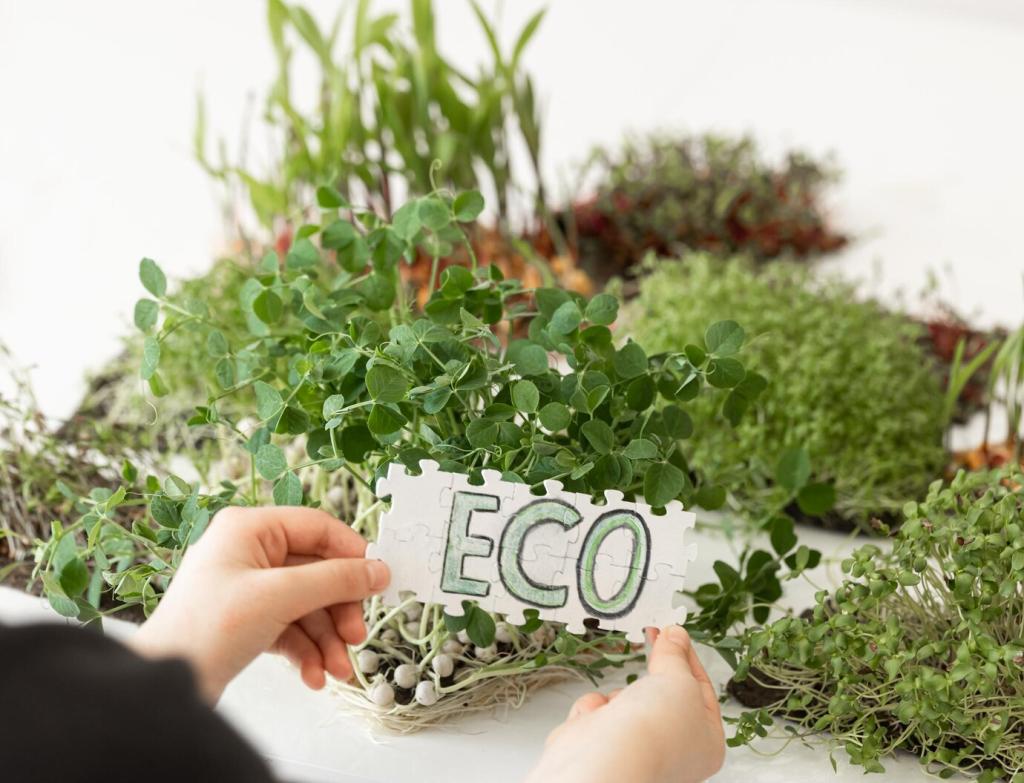
Structuring Copy for Sustainable Products: A Practical, Trust-Building Playbook
Chosen theme: Structuring Copy for Sustainable Products. Welcome to a clear, human-centered guide that helps you explain environmental benefits without fluff, earn trust with evidence, and inspire meaningful, repeatable action.
Start With Clarity: Value Proposition Architecture for Sustainable Products

Know Your Reader’s Motivations
Map primary motivations before writing a single line: savings, health, responsibility, beauty, or convenience. Tie each benefit to a concrete outcome, not abstract virtue. Share your audience insights in the comments and we will feature standout strategies in future updates.
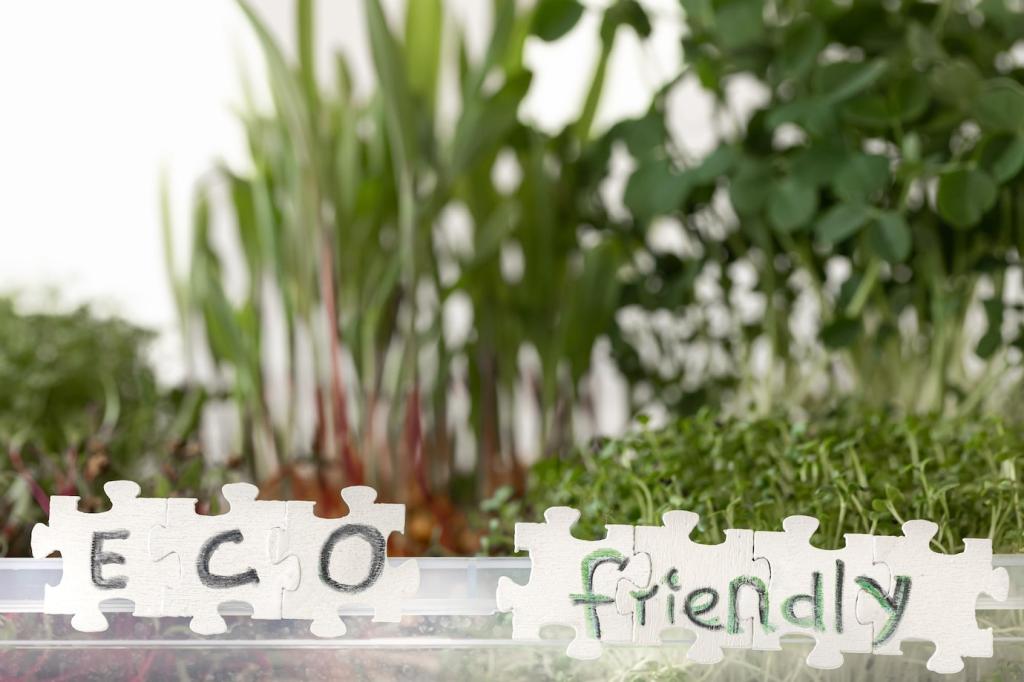
Avoid Vague Eco Claims Without Proof
Replace fuzzy phrases with specific mechanisms. Say what material you changed, how much waste you prevented, and what standard you followed. Readers reward clarity. Ask questions about tricky claims below, and subscribe to learn how others solved similar copy dilemmas.

Build a Proof Ladder That Leads to Action
Sequence evidence from simple, scannable facts to deeper, optional details. Start with one compelling benefit, add certification context, then show measurable impact. Tell us which proof type converts best for you.
Story That Moves: Narrative Structures That Respect People and Planet
If you share a founder story, include the problem discovered, the uncomfortable compromise made, and the measurable progress so far. This honesty builds credibility. Post your founding moment below, and we may analyze it for clearer, stronger positioning.
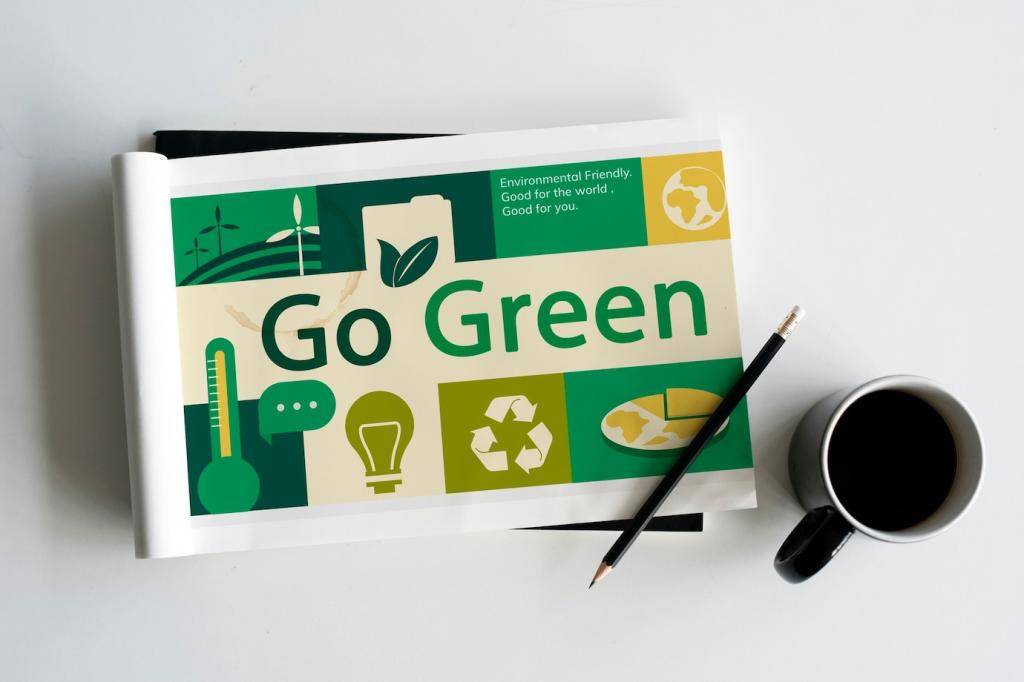
Certifications in Plain Language
Translate certifications into benefits a neighbor understands: what was tested, who verified it, and what that means for daily use. Comment with your top certifications and we will suggest concise, consumer-friendly explanations.
Numbers That Matter to Everyday Decisions
Feature a short list of metrics that influence purchase moments: recycled content percentage, water saved per unit, or verified repairability. Hold yourself to consistent units. Share which metric earns the most clicks for your audience.
Page Architecture: From Above-the-Fold to Post‑Purchase
Lead with a crisp headline, a tangible benefit, one visual proof cue, and a primary call to action. Keep secondary claims below. Test your hero with five-second scans, and report your findings to inspire fellow readers.
Page Architecture: From Above-the-Fold to Post‑Purchase
Organize specs, materials, and impact highlights into scannable groups. Use comparison tables to show trade-offs without hiding weaknesses. Encourage questions through a visible FAQ link, and invite shoppers to request missing details.
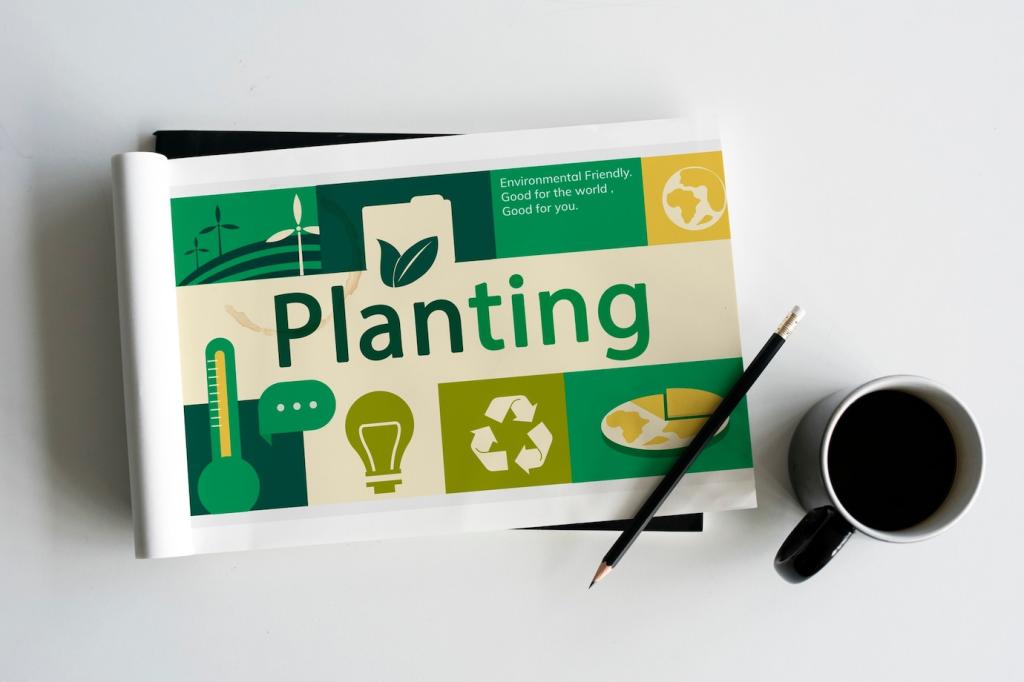
Plain English Over Buzzwords
Swap lofty phrases for everyday verbs. Instead of claiming leadership, show the action taken and the difference it made. Read copy aloud; if it sounds awkward, rewrite. Share a sentence you simplified and what improved.
Microcopy That Reduces Anxiety and Waste
Explain care instructions, refill timing, and repair processes in calm, guiding language. Fewer surprises mean fewer returns. Ask readers what still feels unclear, and iterate visibly to build community trust over time.
Writing for Global and Inclusive Audiences
Be mindful of idioms, units, and cultural references. Offer alt text, readable contrast, and captions. Inclusivity is sustainability in practice. Tell us how you adapted copy for a new market, and what you learned.

Conversion, Nudges, and Behavioral Design Aligned With Sustainability
Pair CTAs with context: buy once, refill later, or repair when needed. Offer comparison costs over time. Invite readers to choose the path that fits their values. Comment with your highest performing ethical CTA.
Conversion, Nudges, and Behavioral Design Aligned With Sustainability
Surface repair kits, refill subscriptions, and community swap events at logical moments. Celebrate use-life milestones. One brand emails a badge at 100 days used. Try it and share your engagement lift.
